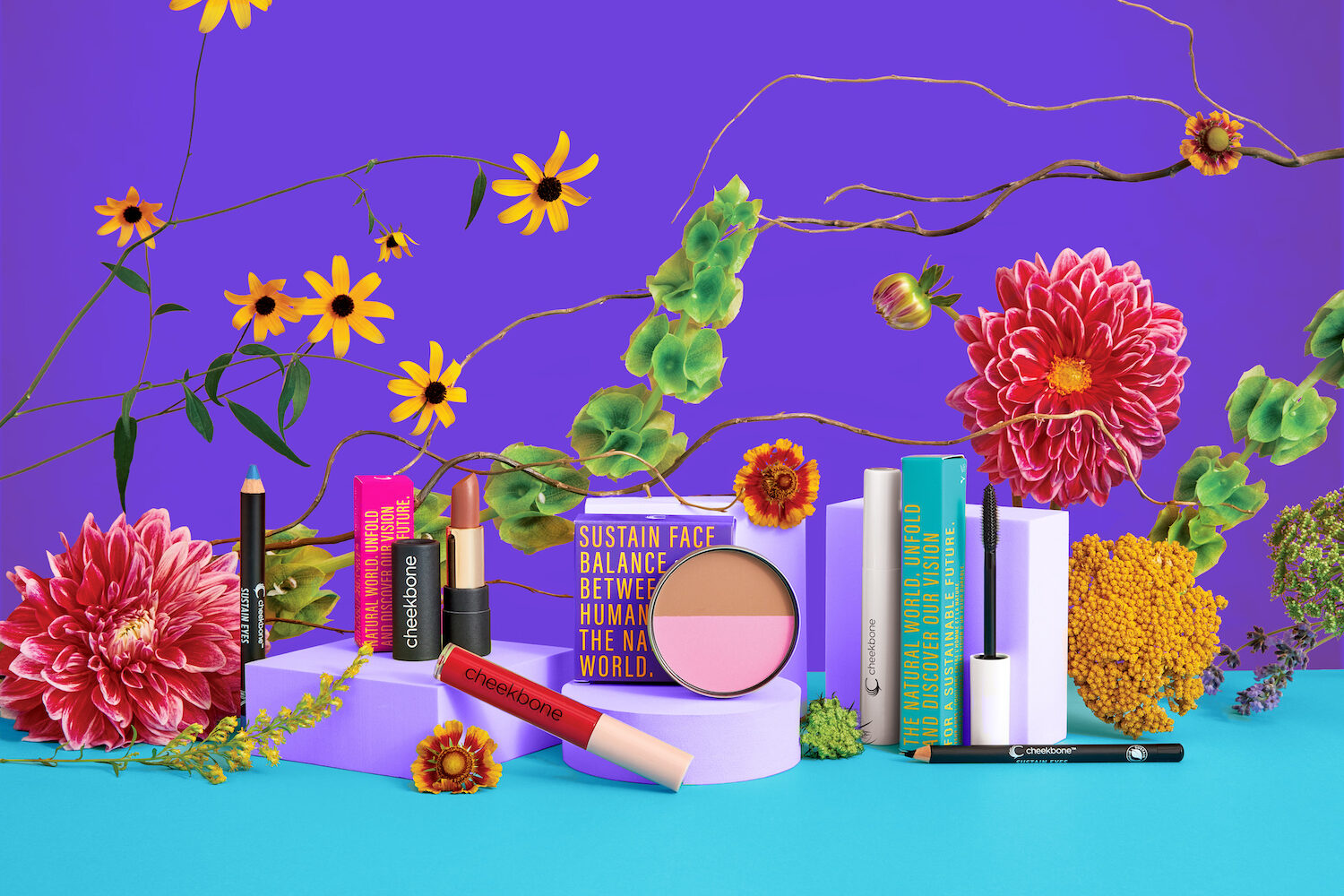
Indigenous Brand Founders On How The Beauty Industry Can Better Represent Their Communities And Stories
The beauty industry is working toward becoming more equitable for BIPOC-owned brands through accelerator and grant programs, but there’s still a lot of work to do. And there are nuances when it comes to what efforts are effective to lift up different groups.
As we celebrate Indigenous Peoples’ Day, for this edition of Beauty Independent’s ongoing series posing questions relevant to indie beauty, we ask eight Indigenous beauty entrepreneurs: How can the beauty industry better represent Indigenous communities and stories?
- Ahsaki LaFrance-Chachere Founder, Ah-Shi Beauty
Pick authentic brands to tell their own story. Maybe a little bit more research needs to be done. We’re in a society where technology is at everyone’s fingertips. However, one must be able to represent the people respectfully, correctly and most importantly authentically.
We do see representation today in all social platforms and industries, but it’s not showing who we are authentically and telling our own stories. Pick brands that are not going to be tokenized and brands that represent their reservation, tribe and community. It may not seem easy at first, but it’s gonna pay off in the long run, both the publication and brands will not have to deal with backlash in the future.
We are in a time of “pretendians” taking too much space and telling stories of other people. So, research is important. It seems like everyone wants to claim being “Native American," but forget being a modern-day Native American in America is not as glamorous. We are fighting the same system that was set up for us not to be great.
So, please pick brands from their community or has strong ties to their community. Each of our brands not only represent ourselves, but our tribe, family, community and all Native Nations when we get to tell our story on major platforms.
Beauty Independent has always given me a chance to tell my authentic story, and I hope others publications use their platforms to help celebrate and continue to push authentic Indigenous/Native brands forward throughout the years.
I am Diné (Navajo) and a Black woman, 365 days a year. I do not turn off being a Native/Black woman. Yes, we do have designated months and days to celebrate us, but we’re more than just those days. We bring the culture every single day and we represent a bigger nation than just what the world sees. We are our ancestors prayers answered, and we are the generation to protect our culture and move our people forward.
- Shí-Fawn Chee Founder, Blended Girl Cosmetics
I would say that the beauty industry can better represent Indigenous communities and stories by actually getting hands on and visiting reservations and getting that experience on the land that we grew up on, trying the food, visiting the sites and getting a feel of who we truly are aside from what stereotypes make us out to be.
I also think it's important not to just highlight us at certain times of the year, but to have Indigenous people in mainstream media across the board in TV shows, commercials, magazine campaigns and all platforms. I feel over the years I have seen more and more representation, but at the same time I think there is way more that can be told through the lens of our people. We have our own beauty community that includes fashion shows, fairs, and it gives aspiring Indigenous models, designers and MUAs the chance to show up and show off their hard work and skills.
- Cece Meadows Founder and CEO, Prados Beauty
Write about us. Write what we say, what we think, what we feel, what we do and why we do it. Allyship starts with listening. Indigenous peoples have so much knowledge to give about stewardship of our land, lessons on community and the importance of respecting and honoring all peoples and our beliefs. Not only are we beautiful people, but we are resilient, we are creative, we are doctors, lawyers, entrepreneurs, mothers, teachers, preservers of language and tradition. We aren't the stories of history. We are now. We are still here.
- Arianna Johnny-Wadsworth Founder, Quw’utsun’made
The beauty industry can offer Indigenous beauty brands more support by sharing our products and stories more organically. Far too often, beauty brands or content creators only share our stories when it’s relevant to a holiday such as Indigenous Peoples Day. Although that exposure is great, to even out the playing field so to speak, it would be nice to be highlighted throughout the year along with other incredible beauty brands that aren’t from an Indigenous background. It helps from reducing us to just a few days a year and really gives consumers a more authentic chance to approach our products.
- Jenn Harper Founder and CEO, Cheekbone Beauty
The beauty industry desperately needs Indigenous voices and representation. The beauty industry produces more than 120 billion units of packaging every year globally—most of which are not recyclable. Despite that symbol, new data shows only 5% of the items we think we are recycling get recycled.
Cheekbone Beauty uses the principles of Indigenous teachings to authentically represent our ways of knowing and being to make and create all products and that includes packaging. We believe Indigenous people are the OGs of sustainability and that refillable is the new recyclable.
- Michaelee Lazore Founder, Sequoia
The beauty industry can better represent Indigenous communities and stories by letting us do the representing and story telling. We're proud of our work and products. This means we do not expect the industry to promote us just because we are Indigenous but because we have a good product, usually inspired by our culture.
It is so much more difficult for Indigenous brands to start a business. Unfortunately, there are barriers in doing so when it comes to accessing land and capital within our communities. Creating jobs on reserves is meaningful, and having a known brand in your home community can be inspirational to other entrepreneurs and the local workforce, which was a huge factor for Sequoia.
The industry can help us represent our Indigenous communities by doing what we do for one another. The Indigenous beauty brands I know tend to lift one another up rather than compete. Often, Indigenous entrepreneurs post positive messages about other Indigenous brands they covet. Indigenous entrepreneurs tend to share successes and failures, and learning experiences with one another, hoping to help others succeed and grow. The industry can be our allies.
- Monica Simeon and Marina TurningRobe Founders, Sister Sky
The beauty industry can better represent Indigenous communities and stories by authentically showing the diversity that exists within our communities. We are so much more than just “Native” or “Indigenous,” there are several layers to what this means and what it means to be Indigenous. The beauty industry can do this by showing Indigenous People as they are, and not in a stereotypical way. Our skin shades vary, hair length and eye color. Our Indigenous communities are ethnically diverse.
There are 574 Indian Tribes legally recognized by the Bureau of Indian Affairs today. So, for the beauty industry, find those authentic influencers, organizations or partners that can serve as bridges to various tribal communities. And remember to share those Indigenous stories or connections in an honorable and respectful way.
If you have a question you’d like Beauty Independent to ask beauty entrepreneurs, please send it to editor@beautyindependent.com.
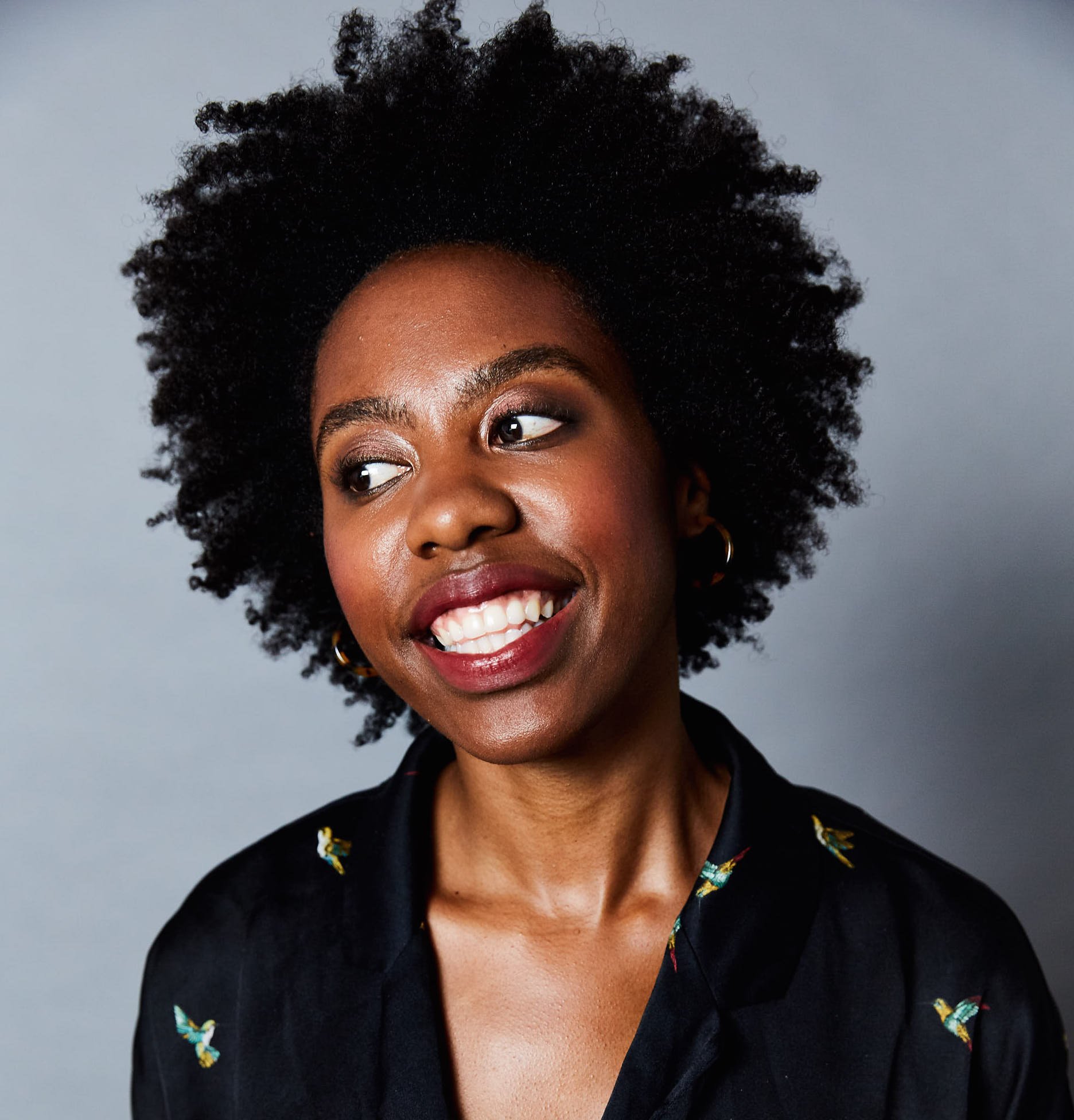

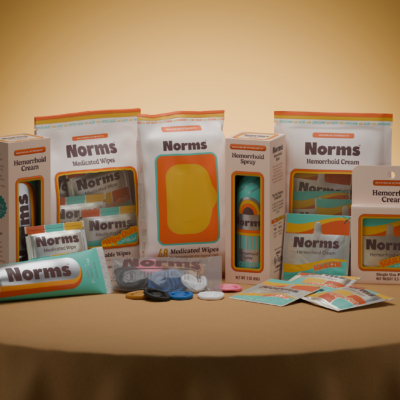
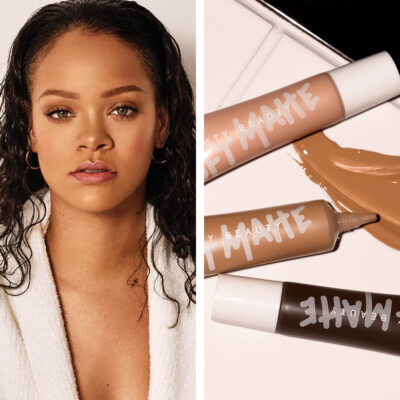
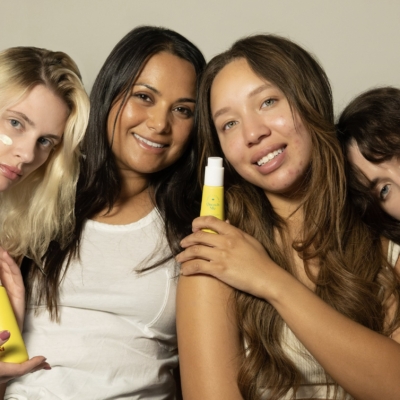
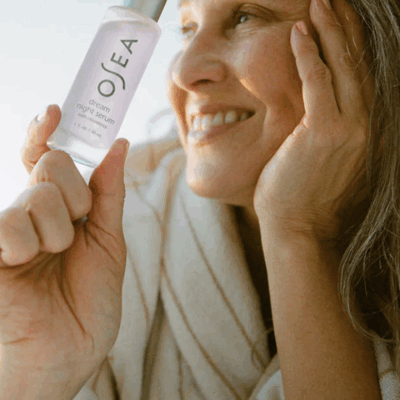
Leave a Reply
You must be logged in to post a comment.